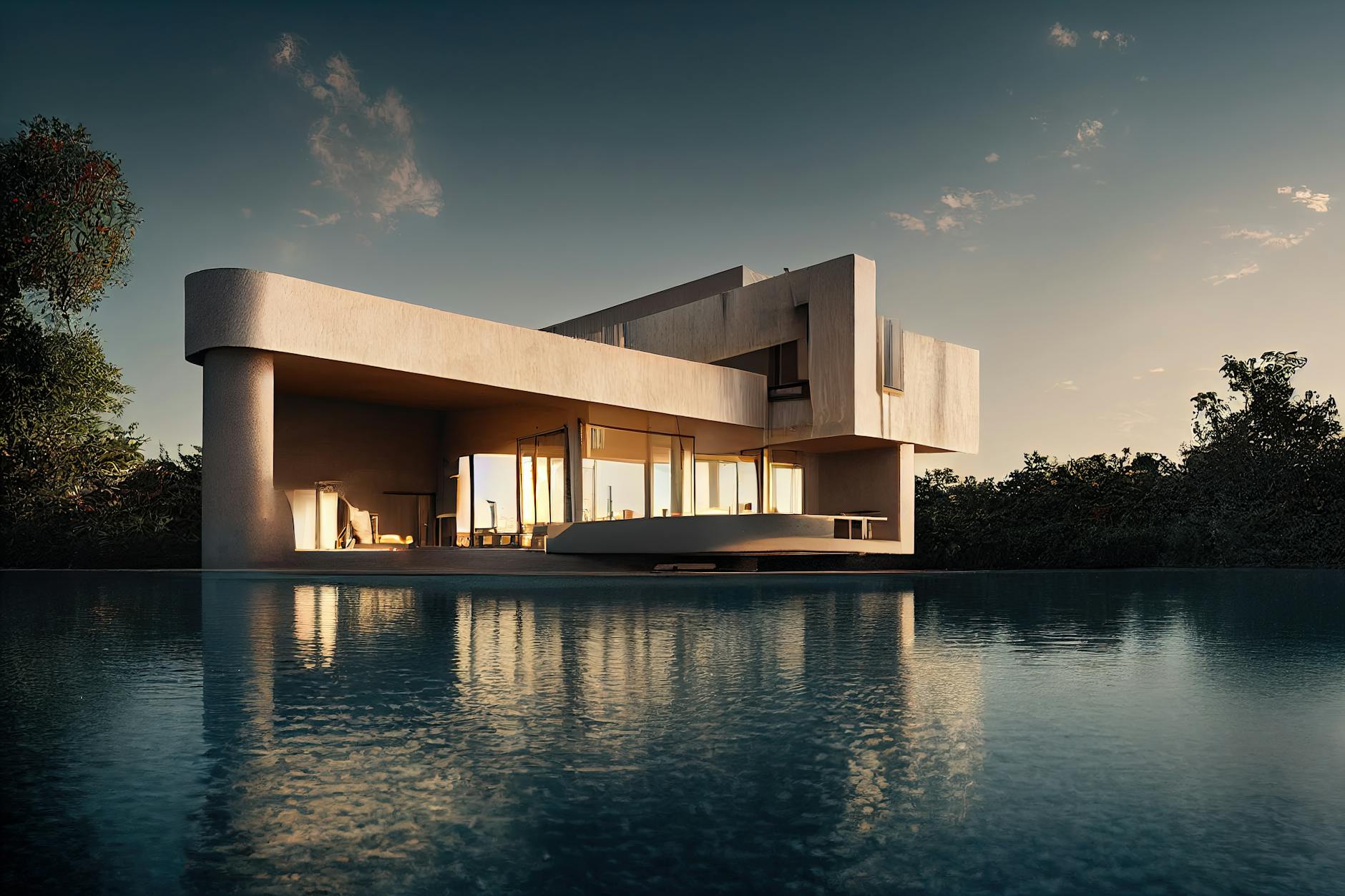Your Home’s Evening Gown: A Guide to Architectural Outdoor Lighting
Your home is your sanctuary, an extension of yourself, and a reflection of your taste and style. Yet, even the most stunning architecture can fade into obscurity once darkness falls. This is where architectural outdoor lighting plays its transformative role, dressing your home in an ‘evening gown’ that captivates, welcomes, and enhances curb appeal. In this guide, we delve into the art and science of outdoor lighting, offering you the tools to make your home shine both inside and out.
The Importance of Architectural Outdoor Lighting
Outdoor lighting goes beyond simple illumination. It serves a multi-faceted role by enhancing aesthetics, boosting security, and emphasizing the architectural features of your home. Installing the right lighting makes pathways safer, highlights garden elements, and invites guests with warm, inviting glow.
Types of Outdoor Lighting
Choosing the right outdoor lighting involves understanding the variety of options available. Here are some popular types:
- Pathway Lighting: Ideal for illuminating walkways or garden paths, ensuring safe navigation after dark.
- Spotlights and Floodlights: Perfect for highlighting specific architectural features or landscaping elements like statues and fountains.
- Wall Lights: Mounted on exterior walls, these offer functionality and beauty to entrances, decks, and even that discreet barn door.
- String Lights: Adds a whimsical or romantic feel to outdoor spaces such as patios, backyards, or pergolas.
- Uplights: Installed at ground level, these lights cast upward shadows, dramatically enhancing trees or architectural surfaces.
Planning Your Lighting Design
Creating an efficient and aesthetically pleasing outdoor lighting layout requires strategic planning. Here are key considerations to keep in mind:
- Identify Focal Points: Decide which areas and features of your home you want to highlight.
- Layer Lighting: Use a combination of ambient, task, and accent lighting to create depth and interest.
- Choose the Right Bulbs: LED bulbs are energy-efficient, durable, and available in various color temperatures to achieve your desired ambiance.
- Adjustability: Ensure some of your lighting fixtures are adjustable to accommodate seasonal changes and events.
- Consider Control Systems: Use smart lighting systems for easy management and additional features like automation and dimming.
Installation and Safety Tips
The safety and longevity of your outdoor lighting depend greatly on proper installation. While some homeowners may opt for DIY, hiring a professional can guarantee optimal results. Here are some tips if you’re considering taking on the task:
- Check Local Codes: Ensure your installations comply with local electrical codes and regulations.
- Weather-Resistant Equipment: Use fixtures and electrical boxes rated for outdoor use to withstand the elements.
- Avoid Overloaded Circuits: Distribute load across multiple circuits to prevent overloads.
- Consider Low-Voltage Systems: Safer and easier to install than high-voltage systems.
Conclusion
Architectural outdoor lighting is akin to dressing your home in an evening gown; it’s an artistic statement that exudes elegance and charm. A well-lit exterior not only boosts your home’s appeal and safety but also increases its value. With careful planning, the right selection of lighting fixtures, and attention to detail, you can create an inviting atmosphere that extends beyond your home’s walls, making the magic of day extend into the night.





